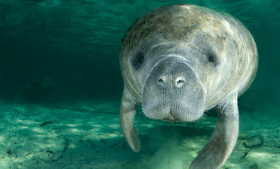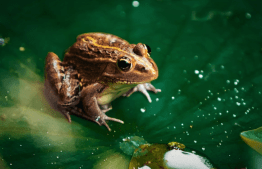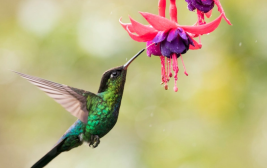Creature Conservation: Protections for the Amur Leopard
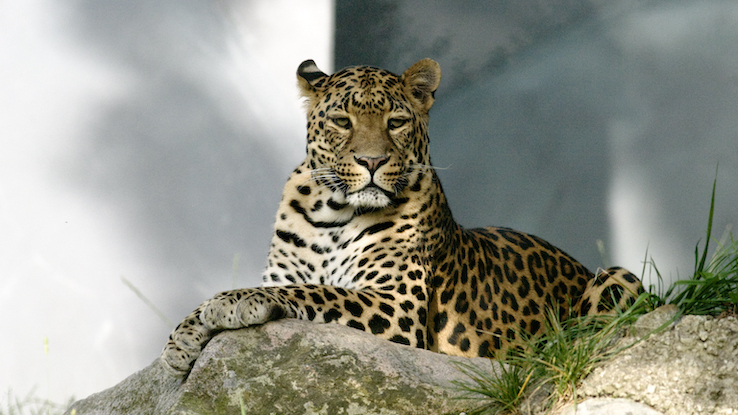
If you’re delving into the world of wildlife conservation, the Amur leopard is likely on your radar. This remarkable species, found in the frigid landscapes of East Asia, boasts a distinctive fur pattern that is not only lighter in hue but also denser than that of its counterparts, making it an expert at blending into snowy forests.
Leopards are vulnerable on the IUCN Red List, and the Amur leopard’s small population meets the organization’s critically endangered criteria. What international conservation efforts are helping this species?
Amur Leopard Natural Habitat
The Amur leopard is named after its habitat. Amur leopards are native to parts of Russia, China and Korea that lie in the Amur River Basin.
Amur Leopard Scientific Name
Panthera pardus orientalis is the scientific name of the Amur leopard. Pardus means leopard in Latin, and orientalis means of the East.
What Does the Amur Leopard Eat?
Some of the Amur leopard’s favorite foods are wild boar and deer that live in temperate forests. The big cats are also known to eat smaller mammals like rodents.
How Many Amur Leopards Are Left in the Wild?
Conservationists estimate that the population falls somewhere between 27 and 37. Scientists believe that the majority of the Amur leopards live in Russia.
Does the Amur Leopard Go by Any Other Names?
The Amur leopard has other names based on the region in which it lives. Some call it the Manchurian or Korean leopard. It is also known as the Far East leopard.
Why are Amur Leopards Important for Biodiversity?
The Amur leopard is a top predator in its ecosystem. Without these key species, populations of its diverse prey could grow out of control, causing a domino effect of problems in the ecosystem.
Why They’re Endangered
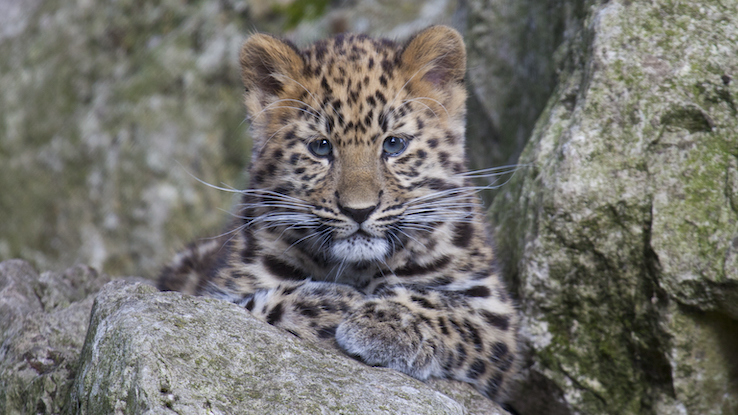
Habitat loss is a huge threat to the Amur leopard species. The Amur leopard is native to Far East Russia. The area is noted for temperate forests, which is the perfect climate for the leopard for most of the year. This is one of the few leopards with adaptations that allow it to thrive in a climate with snowy winters. However, the leopard’s native region is very close to parts of Russia where the winters are too cold for it to survive. Habitat loss causes these big cats to go to those areas farther north where they are not equipped to deal with the harsh winters or lack of prey.
Weather is a barrier on one side of its habitat. On the other side of its habitat, the Amur leopard population has been poached to non-existence in parts of China and Korea. In addition to poaching, there is little area for the Amur leopard to live in in these countries because development has eliminated its natural habitat. The Amur leopard is a dwindling population trapped between two areas where it is impossible for it to survive.
These factors have led to a very high mortality rate among Amur leopards. Conservationists who study the population have noted that although new leopards are being born, the older ones are dying off prematurely. This means the population remains stagnant rather than having the necessary growth to get off the critically endangered species list. In many cases, the reason for early death is a lack of food.
What Conservationists Are Doing

The first step in any conservation effort is getting data on the species in question. For decades, conservationists from several organizations have used the monitoring method of camera trapping. When conservationists can, they tag Amur leopards to track which members of the decreasing population survive. Camera traps are set up in the Amur leopard’s native habitat to take pictures and videos whenever motion happens in front of a sensor. Coupled with the tagging of individuals, this gives conservationists a mutually safe method of keeping track of the Amur leopard population. This vital data helps to organize conservation efforts that provide true benefit to the Amur leopard population.
The Amur leopard isn’t the only animal species in its part of the world affected by deforestation and poaching. The many animal populations the Amur leopard naturally eats in the wild are also dwindling due to human-made problems. In conjunction with conservation efforts targeted at the Amur leopard population, conservationists are also working to increase the populations of the wild boars and deer the leopard eats.
Poaching happens because it is lucrative to sell the fur of Amur leopards. The World Conservation Society (WCS) of Russia finances anti-poaching efforts. They provide people with the gas and gear they need to go out into the forests and try to catch poachers in the act. The WCS of Russia pays people a monetary reward when they catch poachers, so this incentivizes locals to get involved with the conservation efforts.
This organization also led efforts to prevent harmful forest fires in the Amur leopard’s habitat. Humans are the leading cause of forest destruction in this part of the world. Sometimes due to negligence but often due to a desire to clear large swaths of the forest for building, humans rapidly burned down the small geographical area where the Amur leopard lives, further reducing what little area the big cats have. The WCS of Russia has implemented a successful fire watch program that has reduced forest burning annually.
The World Wildlife Foundation (WWF) and other smaller local organizations have also negotiated with local governments in Russia, China and Korea to protect the forests the Amur leopard depends on to survive. They had a notable victory in 2007 when they convinced officials to abandon plans for a destructive pipeline in the middle of the leopard’s native lands.
The Amur leopard species is in a dangerous position, but conservation efforts have already shown signs of improvement. If people continue to work together, the Amur leopard could begin to thrive in its native habitat once again.

